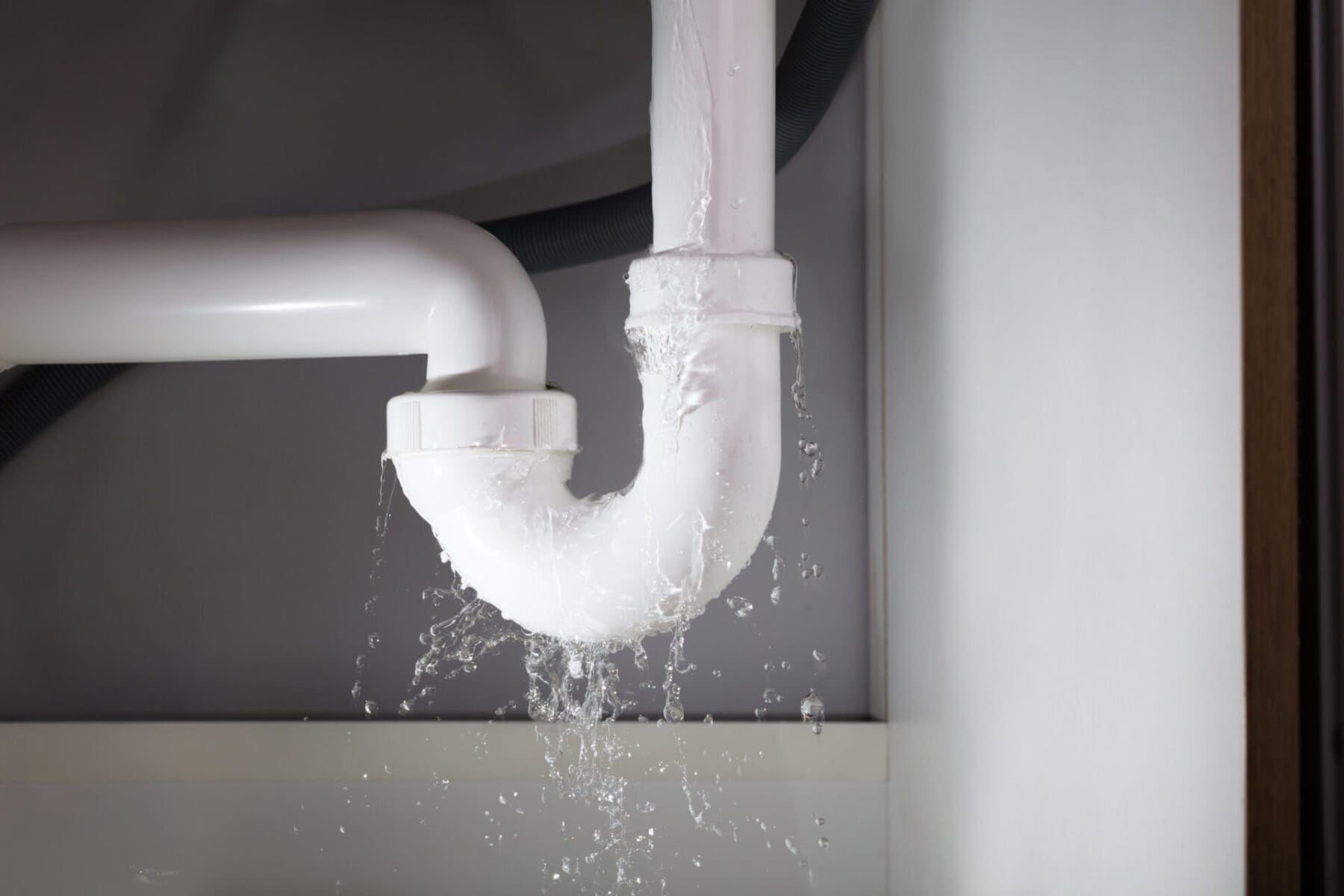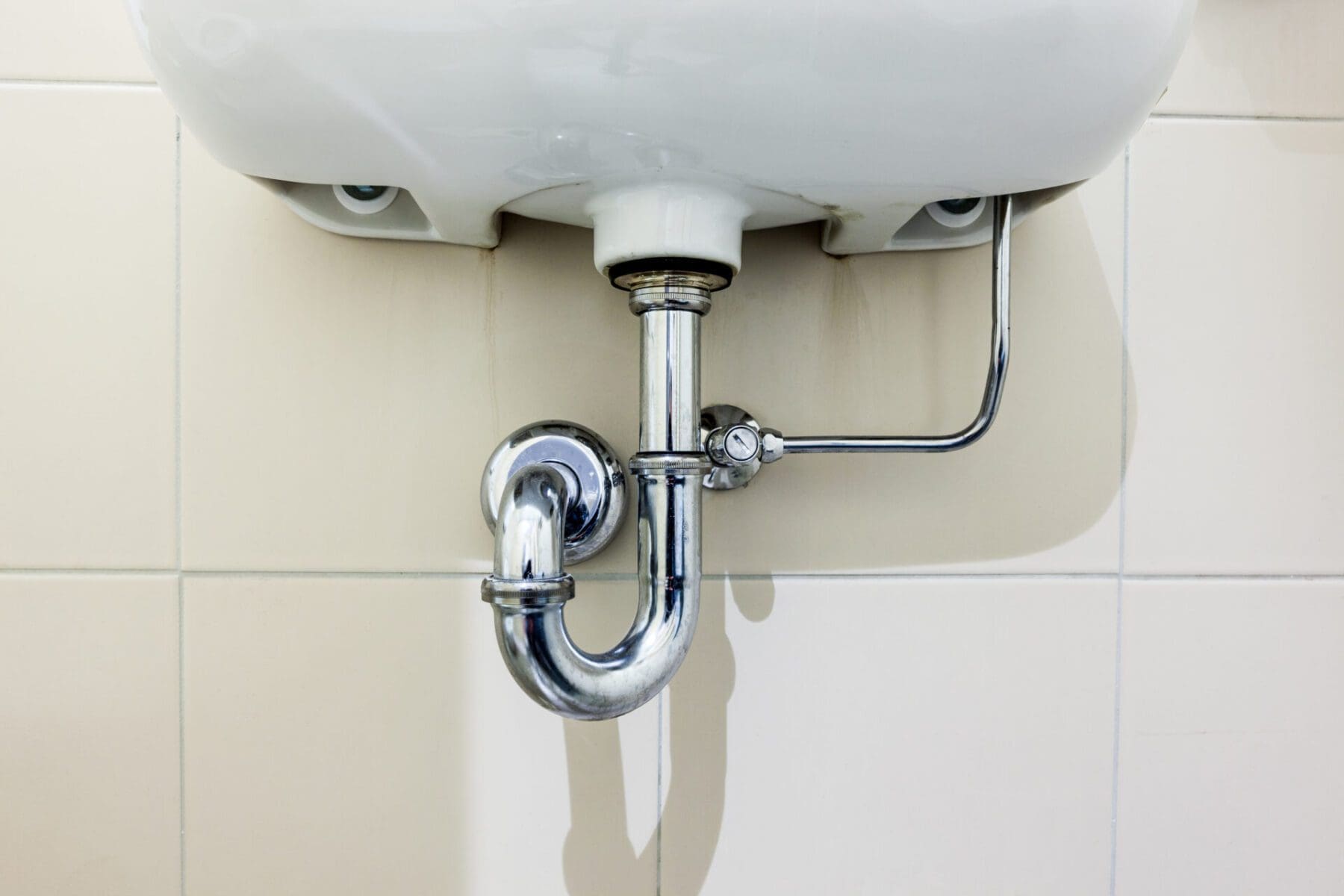
Picture this: you’ve just finished a delicious home-cooked meal (okay, or maybe you just finished your Postmates order), and you come into your kitchen to do the dishes when you hear drops of water. You take a closer look to see water all over your sink. You’ve got a leaking sink.
Though common, household leaks can cause severe damage. Left unfixed, a leaking sink can wreak havoc on the structure of your home, not to mention lead to potentially dangerous health hazards. Abundant moisture leads to mold growth, which can irritate the lungs and cause nasty asthma attacks or sinus infections. Meanwhile, fungi from mold infestations can rot the wood. Not to mention your water bill will spike and slowly leech your vacation funds.
When your sink is leaking, you need an immediate solution. Learn how to fix a leaking sink to keep your home and family safe.
Common Causes of a Leaking Sink
There is no one size fits all in terms of leaks. What could spring a leak one week may not be the same cause the next time you have a leaking sink. However, a handful of common causes are usually the culprits behind a kitchen or bathroom leak.
The first culprit is a faucet leak. Luckily, these are easy to identify as there tends to be a pool of water at the base of your faucet. However, sometimes faucet leaks can drip underneath the sink. Because of this, these leaks can sometimes go unnoticed.
Regardless, a worn-out gasket is typically the cause of a leaking faucet. Simply replace the gasket to stop the leak. If that doesn’t prevent your faucet from leaking, you can also try replacing the washer, as this mechanism may have failed.
Another common problem is a clogged P-trap. The P-trap is the curved part of the pipe underneath the sink. Its primary purpose is to prevent bad smells from rising through the drains. The P-trap is generally placed out of sight, making it challenging to identify a leak immediately.
Over time, debris, gunk, and food can become trapped in the P-trap, which backs up water and forces water outside the P-trap into the bottom of your cabinet. If the source of the leak is from the P-trap, you’ll have to remove the P-trap and clean out the tube to ensure there is no clog.
Before you reach for your screwdriver, make sure the sink is off and unscrew this part carefully to prevent dumping its contents on yourself.
Another issue can be the valve seat, which is the connection between the spout and the faucet. As more and more water accumulates at the valve seat, the components can corrode, leading to leaking.
Lastly, the problem could lie with your water supply line. For most kitchen sinks, you will have two water supply connections. However, if the sink uses a separate sprayer, these sinks most likely have three links. Check these water supply connections as often the leak is coming from them.
 Check if the Sink Faucet is Leaking
Check if the Sink Faucet is Leaking
The next step is to check to see if your faucet is leaking. Luckily, these leaks are straightforward to spot, as pools of water can form near the top of the sink.
However, sometimes the leak can occur underneath the sink. That means that just because you don’t see a pool of water on top of your sink doesn’t mean that the faucet is not leaking. Inspect underneath your sink to see if you can identify a pool of water on the base of your cabinet.
If it turns out that your faucet is the cause of your leak, you’ll need to replace old parts like washers or gaskets. Thankfully, washers and gaskets are fairly inexpensive and can be found in any local hardware store.
Sometimes you’ll need to replace the entire faucet, but this is rare. If you’re ever in doubt, consider calling professional help to locate and fix the leak.
Check if the Drain Seal is Leaking
If your leak isn’t coming from your faucet, it may be the drain seal. A drain seal is a vital instrument that keeps your home safe and clean while still draining water. As you may have guessed by the name, a drain seal is the mechanism that seals water out.
The drain seal works by opening just enough to allow water to pass and drain through, but then closing tightly once the sink no longer needs to drain. This tight seal prevents bacteria and pests from emerging from the drains into your home. As a result, this mechanism is a very important feature of your sink.
However, sometimes the drain seal can become too loose with age. When this happens, it can spur leaks. The good news is that it’s easy to identify if this mechanism is broken and is leaking water, as your sink cannot hold water without dripping water.
And even better? A drain seal is simple to fix. Purchase a new drain seal at the hardware store, and then remove the old drain seal with pliers. You will have to put in some new adhesive around the bare drain.
Sink Installation & Repair Services
Sometimes, locating and fixing a leak can feel overwhelming. And stubborn or reoccurring leaks can make even the most seasoned DIYer pull their hair out. If you feel stuck with your DIY repairs, call our expert plumbers. Whether the cause of your leaking sink is a leaky sink drain, leaky faucet, broken connector, or another problem, our team of seasoned experts will promptly locate the leak and fix it so excess water never troubles you again. We offer a fleet of comprehensive local plumbing services such as water leak repair, sump pump installation, sink repair, drain cleaning, and water heater replacement. Book an appointment online today to get started.

